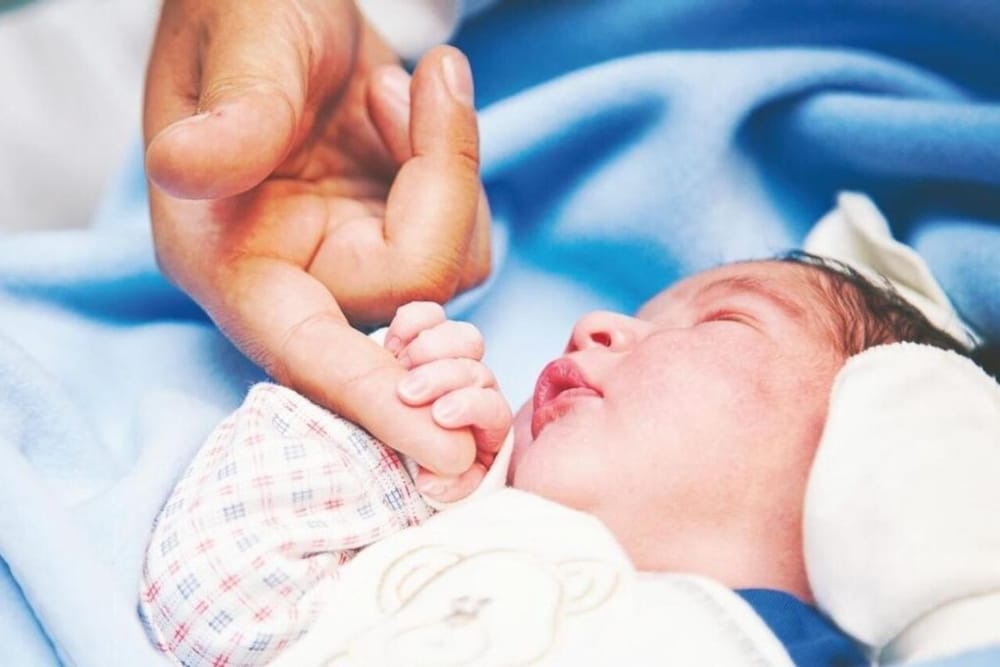The UAE’s fertility rate has seen a significant decline over the past 30 years, dropping from 3.76 live births per woman in 1994 to 1.21 in 2024, according to the World Fertility Report 2024 by the United Nations. However, projections indicate a slight recovery, with the fertility rate expected to rise to 1.34 live births per woman by 2054.
Key Factors Behind the Decline
Health experts in the UAE attribute this decline largely to lifestyle choices, including delayed marriages, demanding work schedules, and changing family priorities. During a Federal National Council session in January 2025, citizens highlighted that reduced working hours and longer maternity leave could play a crucial role in improving fertility rates, as many working mothers struggle to balance career demands with family planning.
Government Initiatives to Support Families
In response to the declining birth rate, the UAE government has implemented proactive measures:
- Establishment of the Ministry of Family and the upgrade of the Ministry of Community Development to the Ministry of Community Empowerment to promote family cohesion and growth.
- The Department of Community Development – Abu Dhabi (DCD) launched a program featuring six initiatives to support Emirati families, encouraging marriage, child-rearing, and societal stability.
These efforts aim to create an environment that supports family life, particularly among UAE nationals.
A Regional and Global Trend
The UAE’s fertility trends mirror those across the Gulf Cooperation Council (GCC) countries:
- Saudi Arabia: Declined from 5.16 (1994) to 2.31 (2024), projected to drop further to 1.85 by 2054.
- Oman: Fell from 5.36 to 2.51 over the same period.
- Kuwait: Dropped from 3.27 to 1.51, the lowest in the Gulf.
- Qatar: Declined from 3.66 to 1.72.
- Bahrain: Reduced from 3.29 to 1.8.
Globally, the fertility rate has decreased from 5 births per woman in the 1960s to 2.2 in 2024, with projections showing a continued decline to 2.1 by 2050—the replacement level—and further to 1.8 by 2100.
Fertility Below 1 in Some Countries
Alarmingly, the report reveals that four countries—China, South Korea, Singapore, and Ukraine— now have fertility rates below 1 birth per woman. Additionally, over half of the world’s population lives in countries where fertility rates are below the replacement level, including major nations like India, China, the US, Brazil, and Russia.
The Bigger Picture
The UN warns that sustained low fertility rates can lead to population decline and an aging society, posing long-term challenges for economies and healthcare systems. The UAE’s proactive measures aim to address these issues, fostering a supportive environment for families and promoting sustainable demographic growth.
News Source: Khaleej Times









